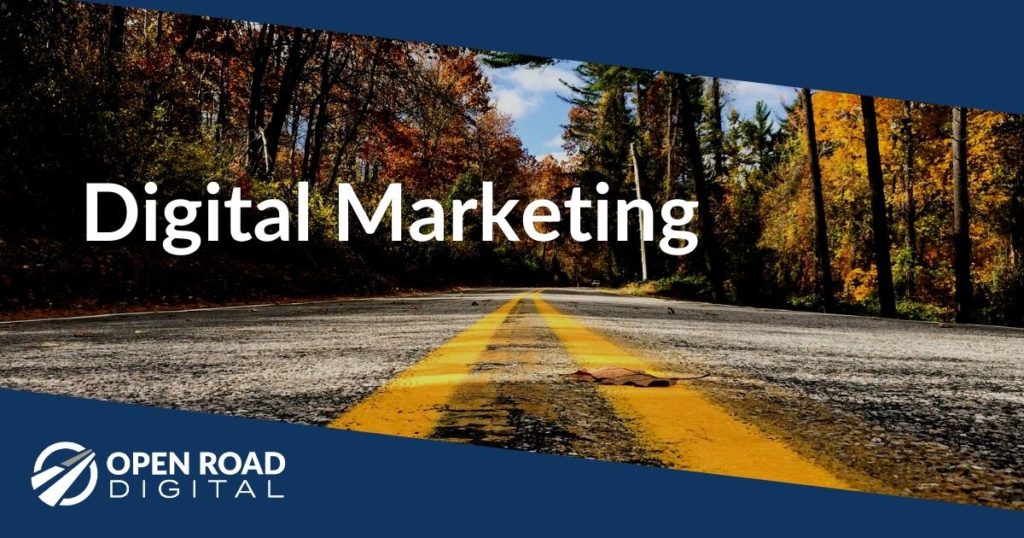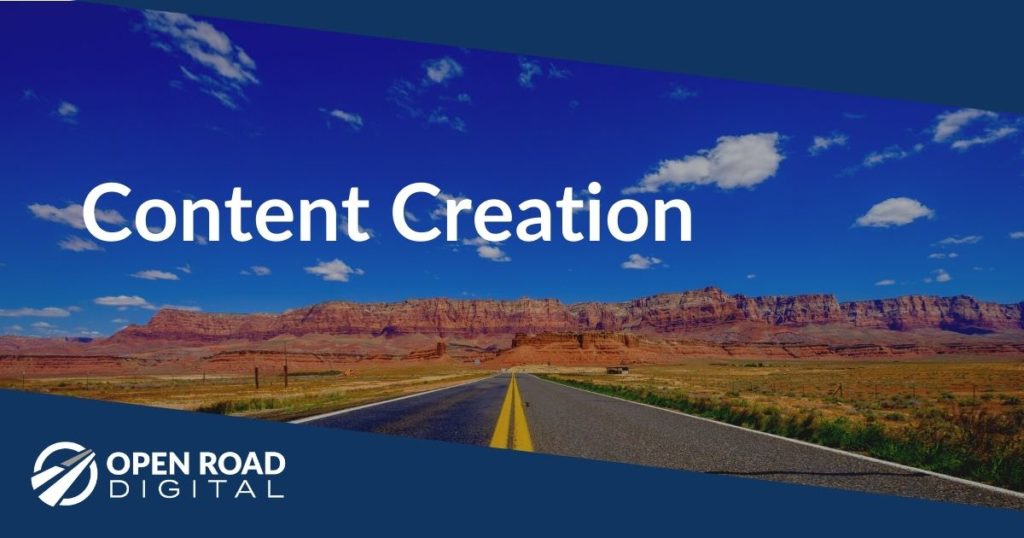In the first part of this three-part series on new media professional services marketing, I explored the unique nature of professional services firms and why lawyers, accountants, and others generally find digital and social media marketing so challenging. This time around, I’ll explore two characteristics that are a mark of successful digital marketing: keeping your outreach in bite-size portions, and marketing with a personal touch.
Marketing as an Hors d’Oeuvre: Bite Size Over Kitchen Sink
Whitepapers play their role in marketing. In the legal world, for example, lengthy and heavily cited law review articles also play their role, displaying the experience and intellectual prowess of their authors. Yet in a social and mobile world, people increasingly want to consume their content in bite-size servings.
Do I want to buy that Costco-sized food item? Maybe. But my purchase decision can be positively influenced by nibbling on a piece of the product first, when it’s being cooked and served up on a toothpick just for me.
The point is, no one “reads” anything anymore. So, the first job is to offer a nibble—a tweet, a clickable link in a LinkedIn status update, or a 2-5-minute podcast or video.
How? Try this:
- Get comfortable with brevity. The true professional may find such brevity difficult to achieve. Consultancies are used to providing in-depth reports to their clients, and many lawyers feel compelled to be exhaustive in their legal briefs and recommendations—the more footnotes, the better! They are accustomed to aiming for length and thoroughness. That may be fine for client work product, but not for marketing oneself.
- Start with a simple outline. It’s been said that the easiest way to write a book is to write a top-level outline, expand it, and then write prose for each section of the outline. Filling it out section by section, you eventually end up with a book. In digital marketing, the process is reversed. That thorough analysis for a client should be parsed out and distributed in smaller pieces through the various digital and social media channels. Little seeds spread across a wider landscape increase the probability of success.
Bottom line: more frequent but shorter messages are perceived as more digestible to a potential reader, just like an hors d’oeuvre. So keep it short. With online tools, one can always provide access to deeper value by including a link to a more in-depth article.
It’s a Social World: Marketing Is Now Personal
Congratulations, the blog post is up. Now the real work starts, and that’s where the bite-size pieces need to be funneled through channels.
That c. 2003 blast email list? Sure, it still provides value. But the better value is in one’s personal network. Personal networks have always been the place to unlock real marketing value. But now those networks can be harnessed even more via social media tools. Despite what some practitioners may think, social media is not impersonal—it’s personal.
To put it another way, the world of the Super Bowl in the year 2000 is still here. Remember the commercials during that exciting game between the Rams and the Titans? Well-funded dot-coms spent bazillions on commercials for one reason: simply to let you know they existed online. In those days, just like today, it was fairly easy to create a Web presence. Yet “build it and they will come” did not hold true then, nor does it now.
That’s why creating and posting online content is just the beginning. It’s one thing to get a URL for one’s content, but another thing to promote it. And this is where it’s wrong for practitioners to think of social media as a burden. Instead, it’s an opportunity that needs to be taken seriously. And instead of paying zillions on Super Bowl ads, we now have nearly free social media tools.
Once content is parked online at a URL—on a website, on a blog—the real work has to begin. For professionals of all stripes, the real product is the person—the consultant, the lawyer, the architect. And that means that professionals need to accentuate the human touch, exposing their expertise through social media. Chief of those is LinkedIn, which I’ll explore in the final article of this series.
Here are some other options…
1. Turn your blog into a PR machine
In my segment of the professional services world, we have noticed of late that blog posts are much more highly thought of as thought-leader pieces than so-called email “client alerts” that are pushed out to thousands of faceless email addresses. We have found that publishers take delight in asking either to reprint our blog content or to have the authors refine and deepen this content for their own publications.
2. Become a member of the Twitterati
Twitter is also a frequently mocked yet underrated source for distributing high-quality content and developing a positive professional reputation.
As I noted in the first article in this series, the Pew Research Center’s Internet & American Life Project found that a mere 16% of networked users are active on Twitter. Yet, instead of thinking of this low number as a negative trait, it should be viewed in a positive light: Other thought-leaders, professionals, and journalists will find you on Twitter if you are committed to regularly posting original content (it takes just over 100 characters for each tweet!) and “following” other thought-leaders and listening to them.
The conversation is out there to be had, and those who are active on Twitter are actually building new relationships. Better it be you than the competition.
3. Be open to mobile, podcasts, and video
What else can be done? Shoot content into a mobile app (in other words, directly into prospects’ pockets via their smartphone) or otherwise make sure your online content is easily consumable via mobile devices. Repurpose content into podcasts and videos. “Like” one’s LinkedIn connections’ status updates and retweet a journalist’s article to get their attention.
Doing so is all part of a personal online mosh pit that can help those in the professions market with improved results. By developing a can-do attitude toward these new technologies, today’s practitioner will be ready to take on as-yet unseen new marketing tools when they appear on the horizon. Because those tools are coming.
In the final article of this series: my take on the untapped potential of LinkedIn, with strategies to make it work for those in the professions.
First article in this series: The New Normal in Professional Services Marketing.
* * *
Photo credit: HAMACHI! / Foter.com / CC BY-NC-ND





Pingback: MARKET+KULTURE – How to Use LinkedIn to Promote Your Professional Services